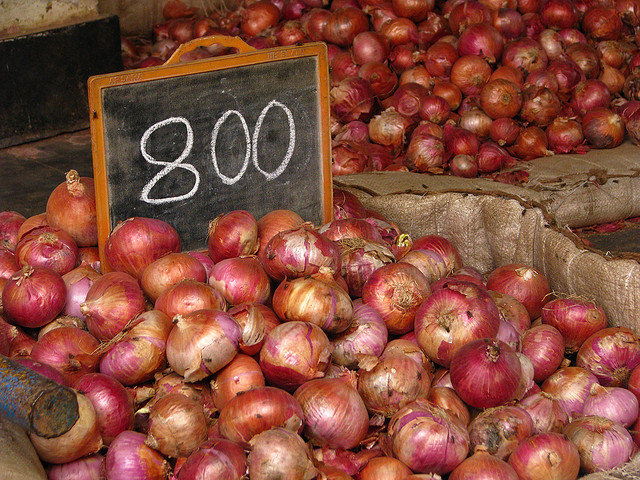The following story was originally published on IFPRI’s Food Security Portal.
India’s monsoon season is off to its weakest start in five years, sparking fears over the potential for drought and increased food prices throughout the country. During the first half of June, cumulative rainfall for India as a whole was 45 percent below average, according to the Ministry of Agriculture’s Department of Agriculture and Cooperation, India’s Meteorological Department is predicting that total monsoons this season will reach only 93 percent of the long period average. The threat of drought is particularly strong in the western part of the country, where dry weather has significantly slowed the sowing of summer crops.
While the specter of drought looms large, however, much depends on whether, and when, the predicted El Nino comes to pass. IFPRI Research Fellow Devesh Roy points out that if El Nino-related weather events impact the end of the monsoon season, the consequences would be worse for pulses, while rice would remain relatively less affected. If, on the other hand, El Nino affects the middle of the monsoon season (mid-July through August), it is likely that more crops would be impacted, including rice, cotton, and sugarcane.
As for the potential consequences for food supplies and food prices, these also depend on exactly how the monsoon season plays out. India has seen record domestic food production in recent years, resulting in record stocks of food grains. These high stocks form the basis for recent government assurance that the potential drought should have little effect on the country’s available food supply. The picture is murkier, however, in the case of perishable food products such as onions and tomatoes; for such products, the comparatively weak monsoon has led to fears of higher inflation and to widespread hoarding throughout the country. The result has been a sustained period of high prices for these items, which has been the main driver of food prices and will likely be a leading contributor to food inflation.
As the case of onions and tomatoes shows, the most important fall-out of a weak monsoon may not be truly reduced food supplies and higher food prices, but rather the expectations and fears that weaker rains will likely engender. Unfortunately, market expectations often tend to be self-fulfilling. But the government has acted swiftly with a slew of measures to try to stave off market overreactions, such as setting minimum export prices, using public distribution systems to distribute high-priced food items, and coaxing states to respond firmly to hoarders.
At the time of writing, the monsoon in India seems to have revived. It should soon become clear whether the threats to agricultural production and inflation have been reined in.







